A pouch packing machine, in essence, is an automated industrial system designed to efficiently fill various products into flexible pouches and then securely seal them. It's a cornerstone of modern manufacturing, enabling high-speed, hygienic, and consistent packaging across a vast array of industries.
Let's break down its functions and benefits in more detail:
Key Functions of a Pouch Packing Machine:
1.Film Feeding or Pouch Loading:
For Form-Fill-Seal (FFS) machines: These machines start with a large roll of packaging film (often multi-layered, laminated, and food-grade safe). The film is unwound and fed into the machine's forming section.
For Pre-made Pouch Fill-Seal machines: These machines utilize pre-formed pouches, which are typically stacked in a magazine or hopper and fed individually into the machine.
2.Pouch Formation (FFS Machines Only):
If it's an FFS machine, the flat film is precisely folded and then sealed to create the pouch shape. This typically involves a vertical seal down the back of the pouch and a bottom seal to create the base. Specialized forming collars or tubes guide the film into the desired shape.
3.Pouch Opening:
Whether the pouch is formed on-site or pre-made, the next step is to open it to receive the product. This is usually achieved by mechanical jaws that grip the top of the pouch and pull it open. Often, a puff of air is also blown into the pouch to fully inflate and square it up, ensuring it's ready for filling.
4.Product Filling:
This is the core function where the product is accurately measured and dispensed into the open pouch. The type of filling system is critical and depends entirely on the product's characteristics:
Auger Fillers: Best suited for powders and fine granular products (e.g., coffee, spices, flour, detergent). An auger screw rotates to dispense a precise volume or weight.
Volumetric Cup Fillers: Ideal for free-flowing granules and small solid items (e.g., rice, sugar, beans, small candies). Cups of a specific volume are filled and then inverted to dispense.
Multi-head Weighers: Highly accurate for various solid, free-flowing, and even fragile products (e.g., snacks, nuts, pasta, frozen vegetables, pet food). Multiple weigh hoppers precisely combine to achieve the target weight.
Liquid Pump Fillers: Used for liquids and viscous products (e.g., sauces, oils, juices, shampoo, gels, creams). Pumps precisely measure and dispense the liquid.
Piston Fillers: For highly viscous products or those with particulates.
5.Pouch Sealing:
Once filled, the top of the pouch is securely sealed to protect the product, prevent leakage, maintain freshness, and ensure product integrity. Common sealing methods include:
Heat Sealing: The most prevalent method, where heat bars or jaws apply heat and pressure to melt and fuse the layers of the pouch material together. This creates a strong, airtight seal.
Ultrasonic Sealing: Uses high-frequency sound waves to create molecular friction, generating heat that melts and seals the material. Often used for sensitive products or specific film types.
Adhesive Sealing: Less common for primary product packaging, but can be used with certain materials.
Some machines may also incorporate vacuum sealing (removing air from the pouch) or Modified Atmosphere Packaging (MAP), where the air inside the pouch is replaced with a specific gas mixture (e.g., nitrogen, carbon dioxide) to extend shelf life for perishable goods.
6.Cutting and Discharge:
For FFS machines, after sealing, the individual filled and sealed pouch is precisely cut from the continuous film web.
The finished pouch is then discharged, usually onto a conveyor belt, where it moves on to subsequent stages like secondary packaging or boxing.
7.Optional Features and Integration:
Many modern pouch packing machines come with, or can be integrated with, additional features:
Date Coding/Printing: Inkjet or thermal transfer printers apply production dates, expiration dates, batch numbers, barcodes, or other traceability information directly onto the pouch.
Punching: Creating features like euro slots or round holes for retail display.
Zipper or Spout Insertion: For resealable or pourable pouches, the machine can integrate mechanisms to add these components.
Gusseting: For stand-up pouches, the machine can create gussets at the bottom or sides for stability.
Quality Control: Integrated vision systems or checkweighers can verify seals, print quality, and weight accuracy.
Benefits of Using a Pouch Packing Machine:
Exceptional Efficiency and Speed: These machines dramatically automate the packaging process, vastly reducing the need for manual labor and significantly boosting production throughput. This leads to higher volumes in shorter times.
Superior Packaging Consistency: Every pouch produced will have uniform weight, fill volume, and a consistent, strong seal. This is crucial for product quality control, minimizing waste, and maintaining brand reputation.
High Versatility: Pouch packing machines are incredibly adaptable. They can handle a wide variety of product types (solids, liquids, powders, granules, pastes) and produce numerous pouch styles (flat pouches, stand-up pouches (SUPs), zipper pouches, spout pouches, 3-side seal, 4-side seal, quad seal pouches, stick packs, sachet bags).
Significant Cost Savings: By automating the process, labor costs are reduced. Accurate filling minimizes product overfill and wastage. Optimized film usage (especially with FFS machines) reduces material costs.
Enhanced Hygiene and Safety: Automation means less human contact with the product, which is vital for industries like food, pharmaceuticals, and medical devices, ensuring product safety and reducing the risk of contamination.
Improved Product Presentation: The machines create professionally sealed, neat, and aesthetically pleasing pouches. This clean and appealing look is crucial for retail shelf appeal and can significantly enhance brand image and consumer perception.
Extended Product Shelf Life: Through secure, hermetic seals and optional features like vacuum sealing or Modified Atmosphere Packaging (MAP), these machines play a critical role in preserving product freshness, preventing spoilage, and significantly extending the product's shelf life.
In summary, a pouch packing machine is an indispensable piece of equipment in modern manufacturing, enabling businesses to package their products efficiently, hygienically, and attractively for the market.
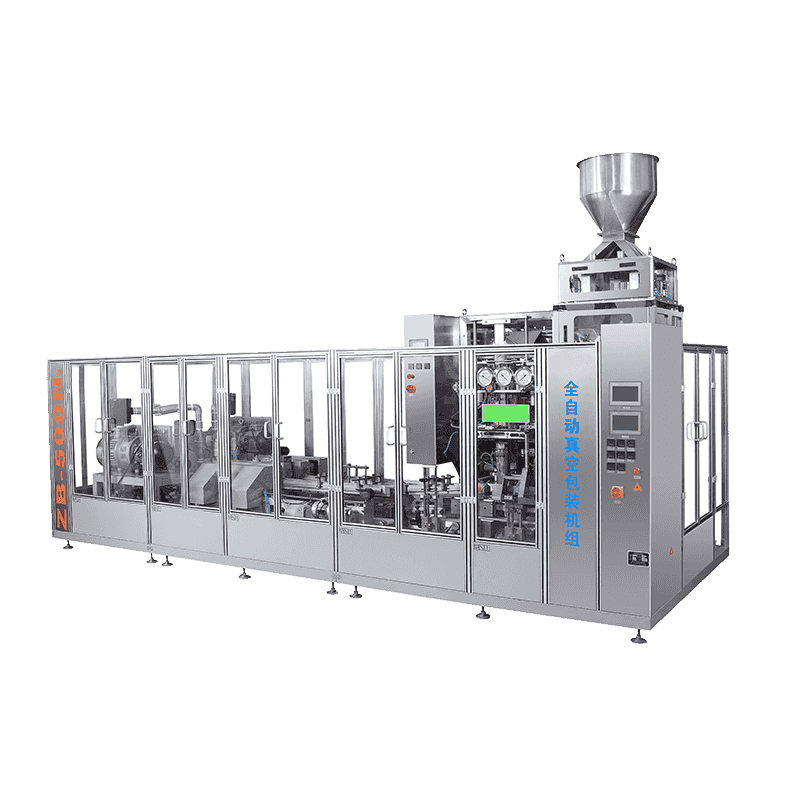


 English
English Español
Español عربى
عربى
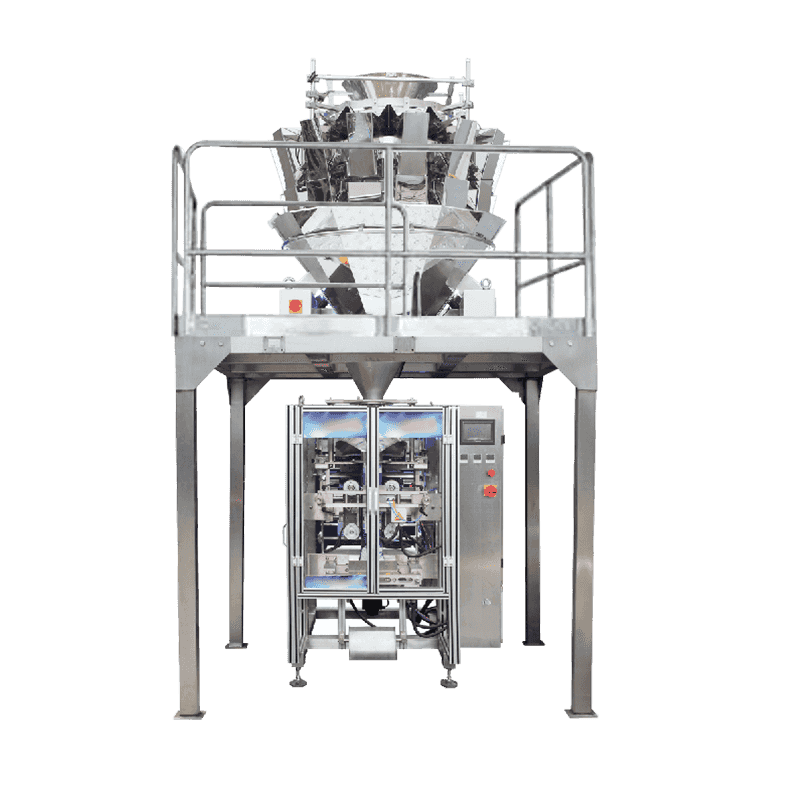
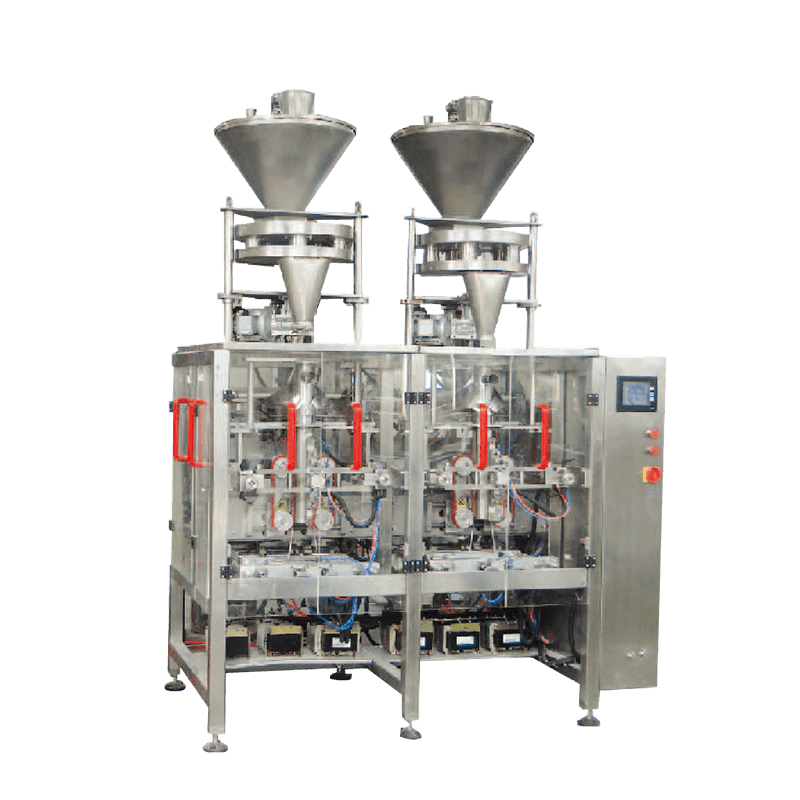
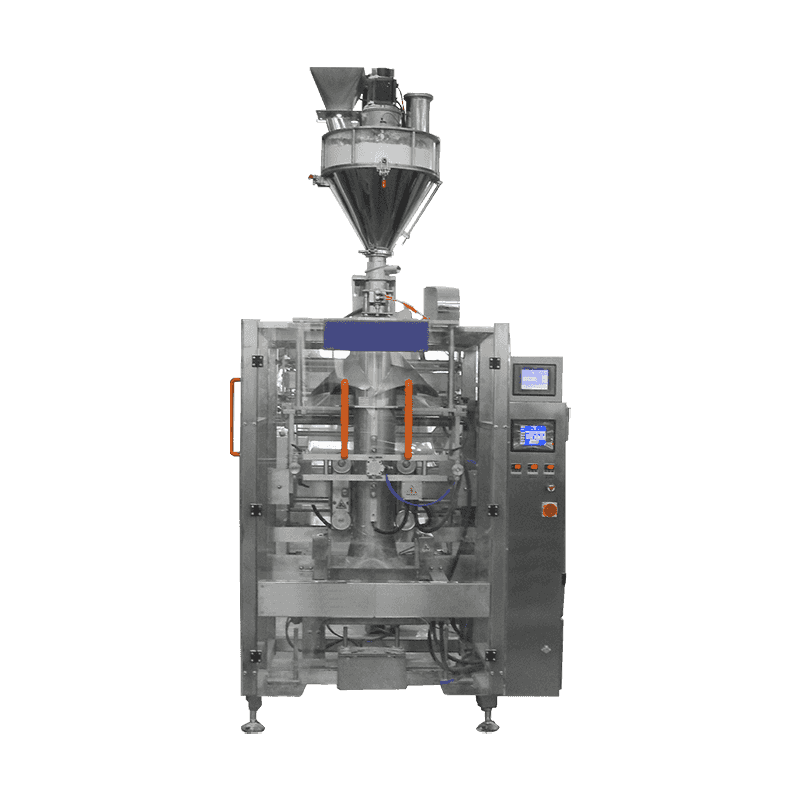
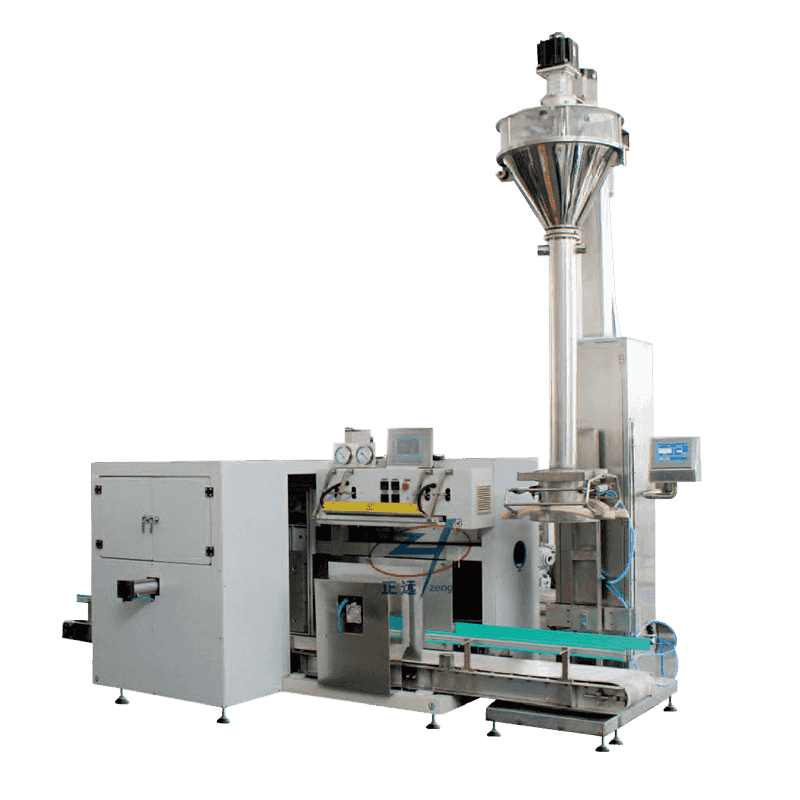
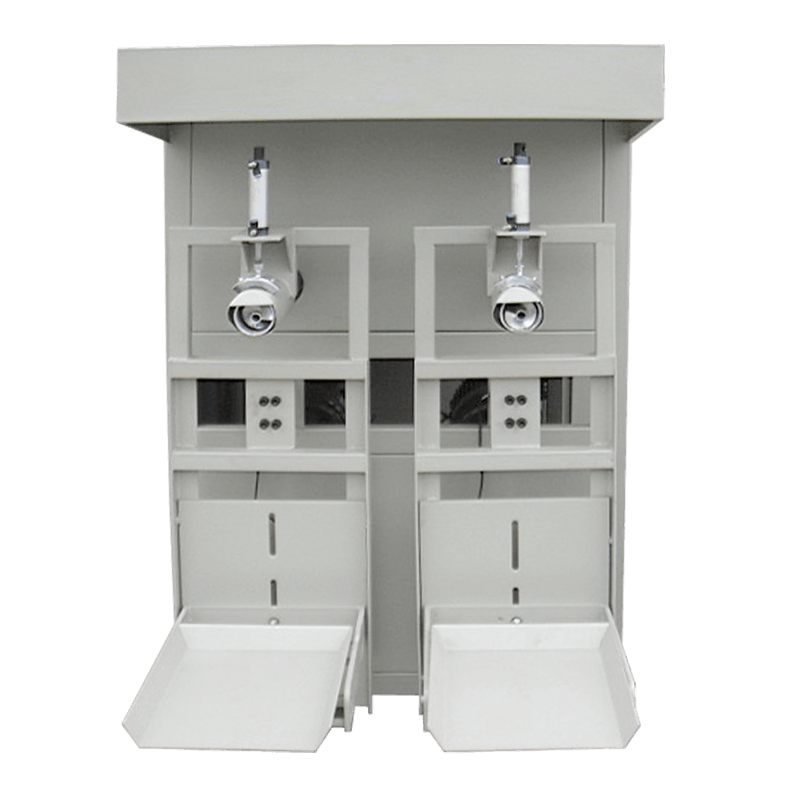
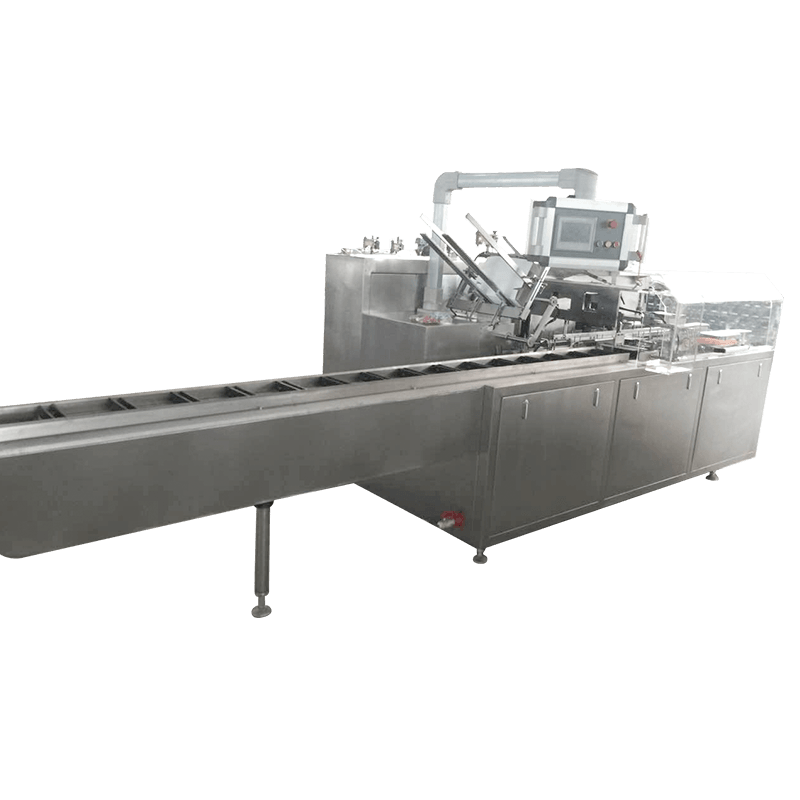
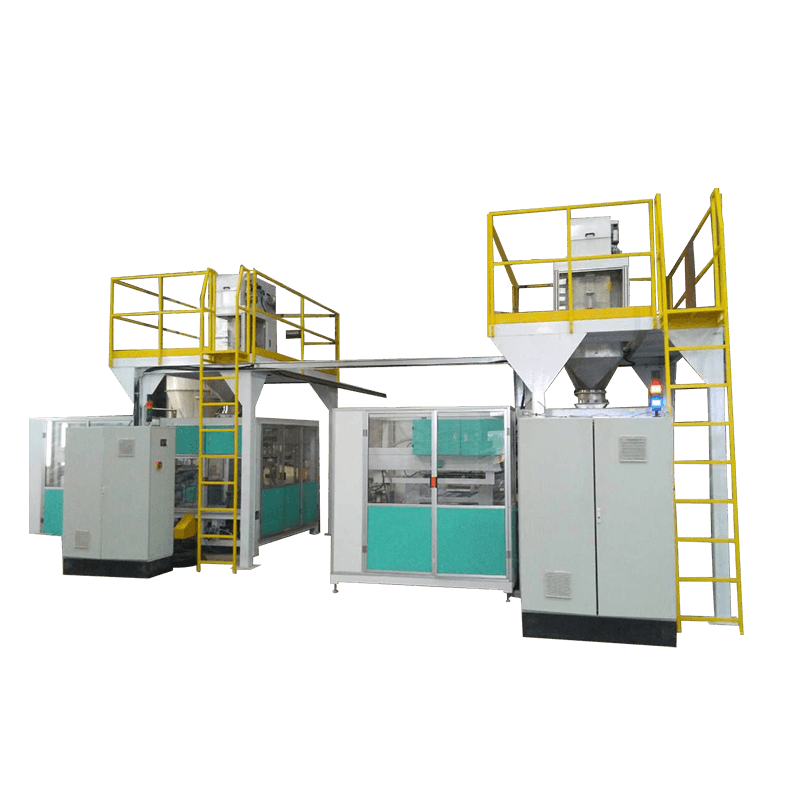
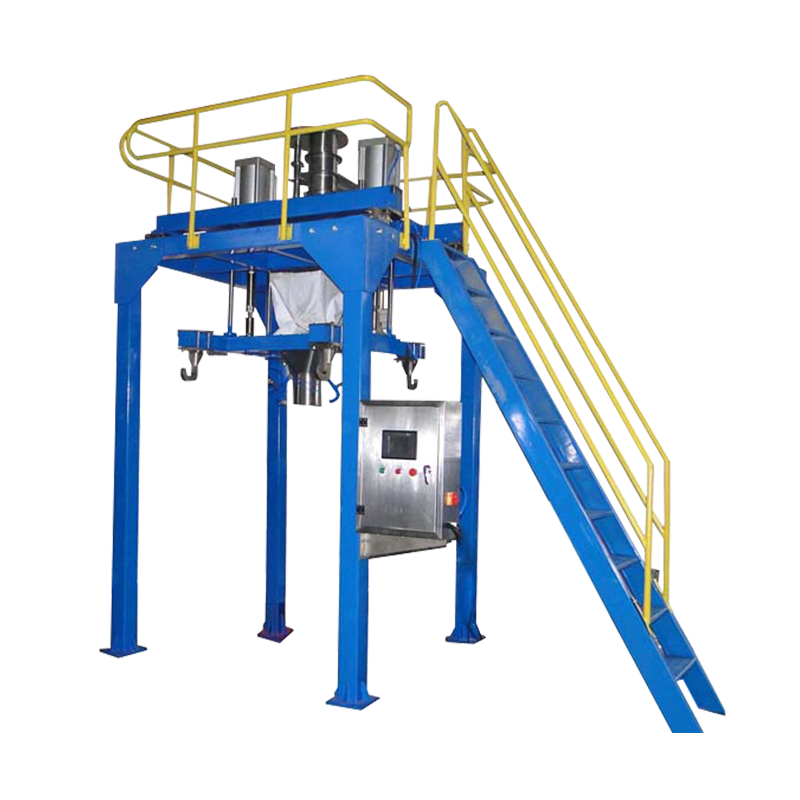
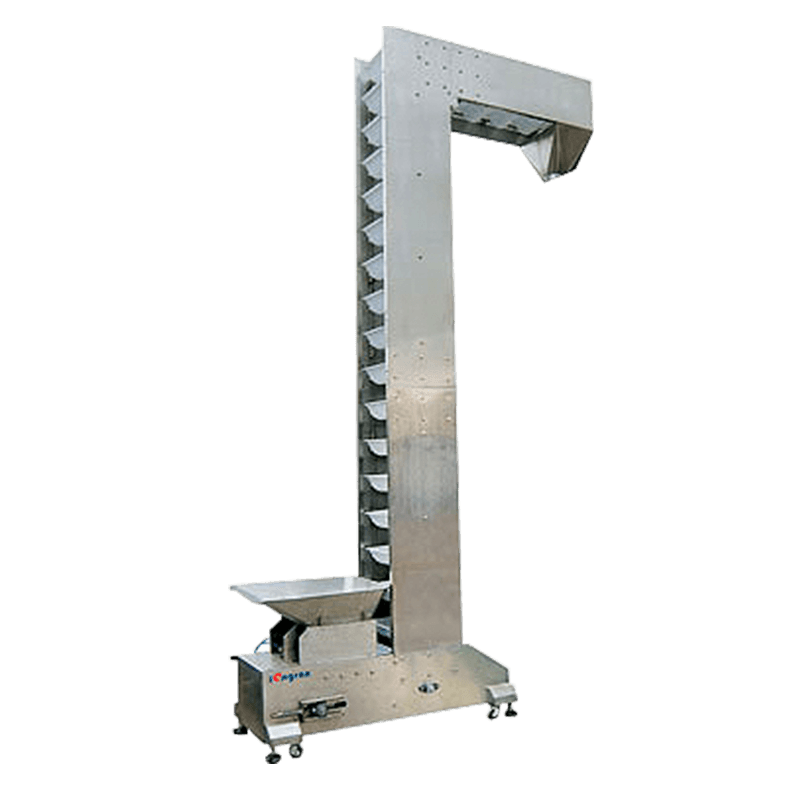
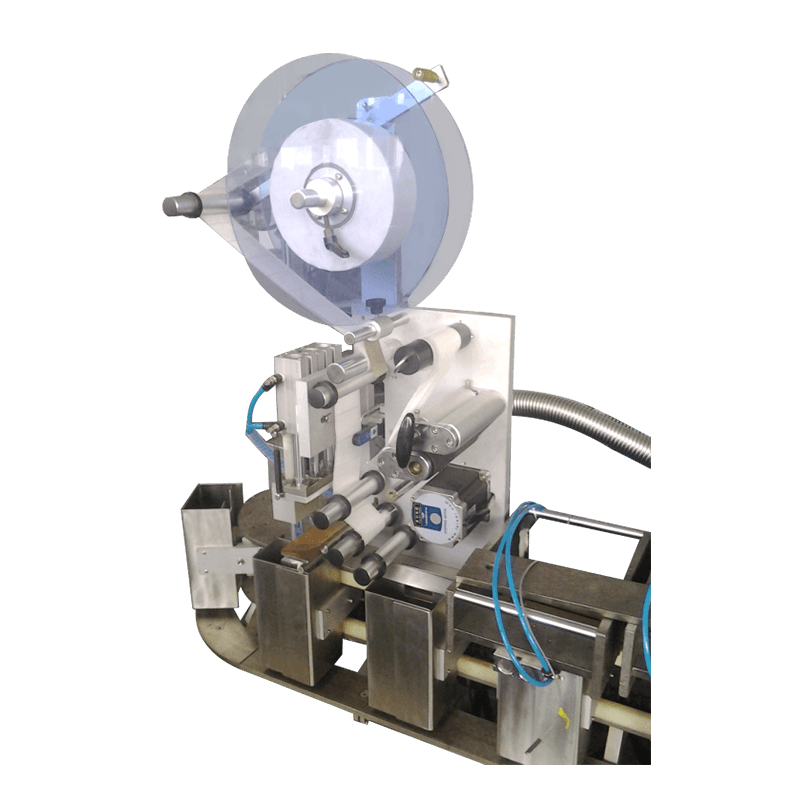
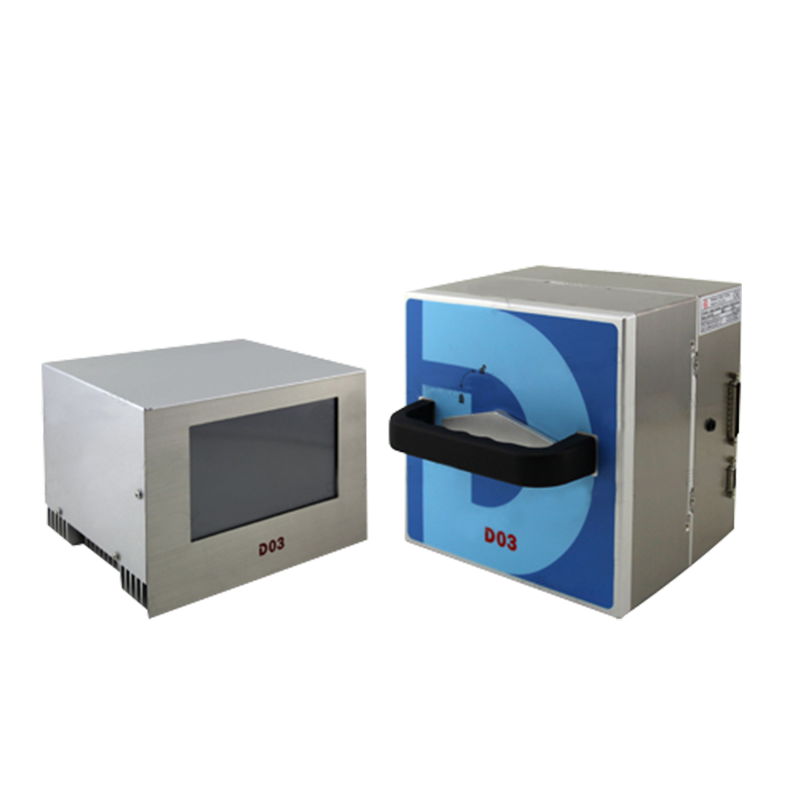
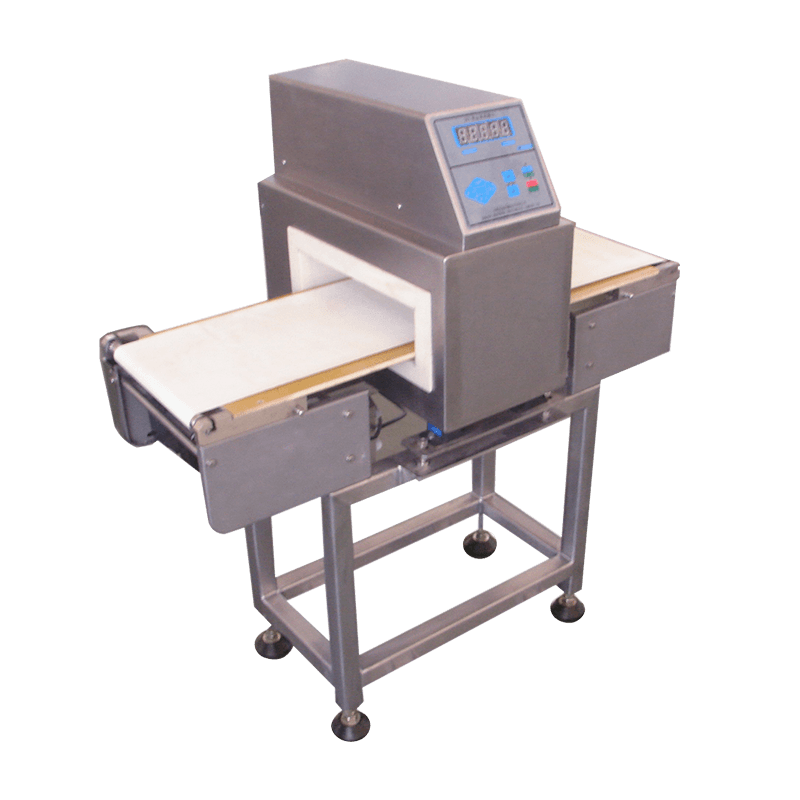

Contact Us